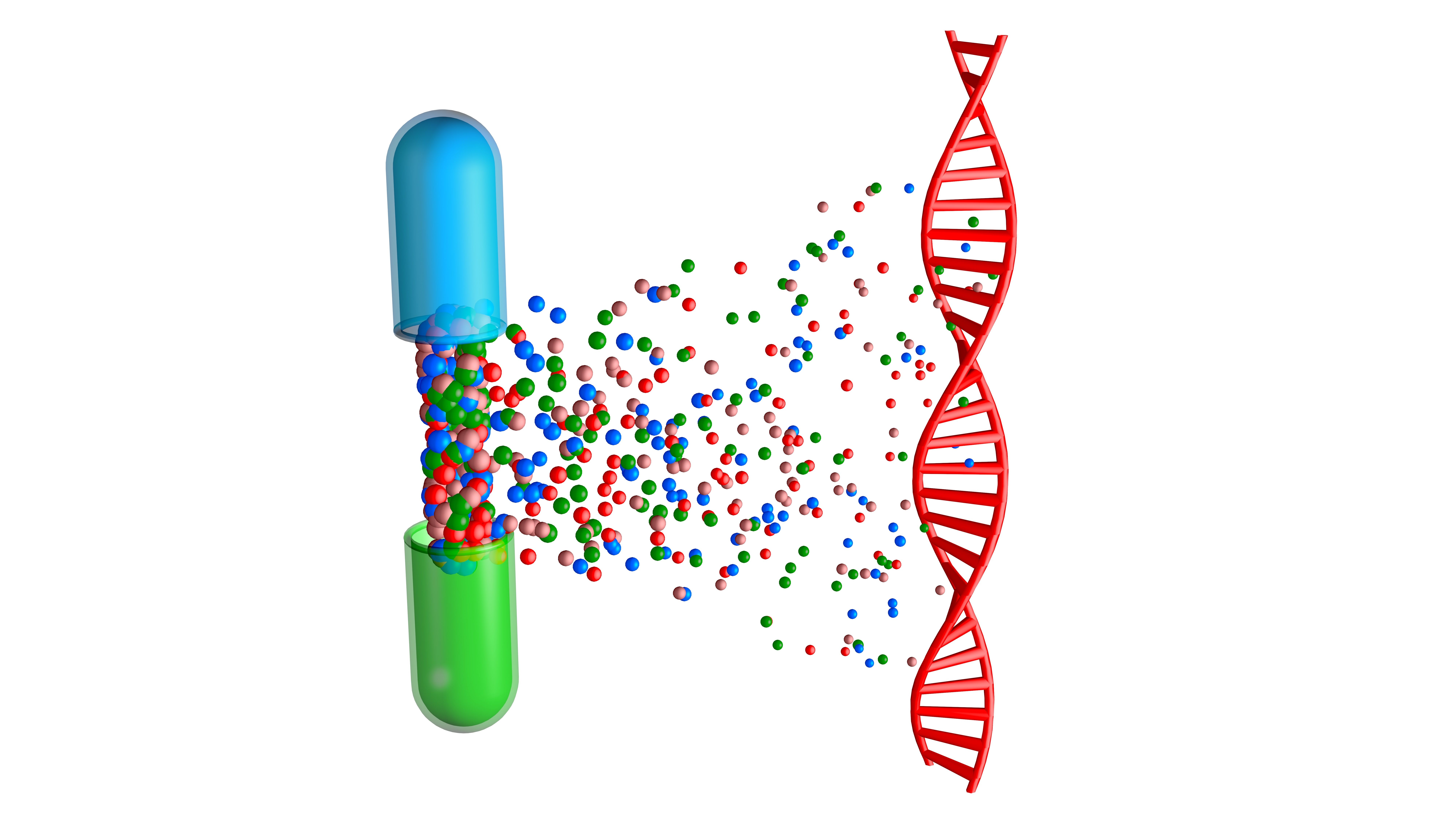Commentary
Article
How 2023 Can Be the Year of Clinical Pharmacogenomics
Author(s):
In terms of science and technology, the health care community has everything needed to clinically implement pharmacogenomics testing.
The lack of clinical utility data is considered one of the primary challenges surrounding the clinical implementation of pharmacogenomics (PGx). Yes, there is a need for additional data, but the data have been coming in for some time now and tell a favorable story.
Image credit: vrx123 - stock.adobe.com

A recent large European study showed a 30% reduction in the incidence of adverse drug events when genetics were used to guide patient therapy. Given that adverse drug reactions are among the top causes of death worldwide, we now have strong evidence to show that PGx testing could help improve patient outcomes—enough evidence that health systems, clinicians, and payers should stand up and take notice.
In terms of science and technology, the health care community has everything we need to clinically implement PGx testing. We have published clinical guidelines from Clinical Pharmacogenomics Implementation Consortium (CPIC) and recommendations from the FDA, gene information tables created by CPIC and PharmGKB, technology to genotype patient samples efficiently, software for data analysis, and clinical decision support at the point of care.
The University of California, San Francisco (UCSF) Health took almost 2 years to develop our clinical PGx testing program. We are confident that our knowledge can provide a roadmap for any health system ready to adopt PGx testing to improve patient care.
Assemble a multidisciplinary team and engage stakeholders early and often
In the early stages of development, we convened a multidisciplinary team of experts to spearhead the various aspects of this project. Our team, all experts in their respective fields, met weekly—at some points even daily—to discuss project elements, including which drugs and genes to focus on; the technicalities of setting up a laboratory; creating the best practice advisory recommendations; using a genomic module from EPIC, our electronic health record (EHR) system; developing, validating and integrating electronic clinical decision support (CDS); developing educational content and much more.
We engaged clinical leadership across 17 specialties at UCSF Health for input on content. In addition, we partnered closely with external experts including EPIC, who advised on the development of the best practice alerts and clinical decision support; microarrays solution providers at Thermo Fisher Scientific who helped with the analysis and customization of our genotyping; the Zifo scientific informatics team that integrated our laboratory information management system (LIMS), and EHR.
Successful clinical PGx implementation is driven by automated CDS
We spent a lot of time thinking about clinicians. Our goal was to seamlessly integrate actionable gene-drug interaction into the clinician workflow.
To achieve this goal, we started by setting up the EPIC genomics module and clinical decision support system. One might think the embedded genomics software would be fairly plug-and-play, but in reality, it’s similar to buying individual building blocks from the toy store—it is up to you to bring it home and build whatever you want.
What gene do you want to look at? What variant are you looking for? What message do you want to flash for clinicians during their workflow? How should the prescriber acknowledge the message? From interpretation of genes and alleles to all the clinical decision support, we had to design every detail of the system along the way.
Although the technical set up was more challenging than expected, we actively engaged physicians and pharmacists to review genes, lists of drugs, as well as the text in the medication alerts, thus ensuring the clinical content was not only appropriate but acceptable to frontline clinicians. Taking that extra step gave us greater confidence that our clinicians are armed with the information they need at the point of care.
Lastly, we provided a host of educational resources for our clinicians, including town halls, tip sheets, training materials, and links to external resources. We also have a PGx consulting service available to answer any questions on demand.
Keep patients front and center
At UCSF, our clinicians discuss how PGx test results will be used with our patients. The results are also available in MyChart for patients to access. Patients are advised to speak with their clinicians if they have any questions.
When it comes to payment, we bill insurance companies directly once for the initial test. All subsequent use of the data is free to the patients as well as their insurers. We expect that the coverage of this test by insurers will vary, but we will monitor this closely.
UCSF Health supported the upfront cost of developing this program. The institutional support is a must. We estimate in the onset that we will be able to run 94 samples a week—adding up to nearly 5000 samples annually.
With that volume, we expect to accumulate meaningful data within the next year, including insurance reimbursement rates. As clinical and economic data from UCSF and similar initiatives, such as the University of Pittsburgh Pharmacogenomics Center of Excellence, become available, this will hopefully help persuade other health systems nationwide to consider implementing their own PGx programs.
Our focus is providing exemplary care for our patients. Once a patient has PGx testing completed, those data can be used indefinitely with the potential to drive better health outcomes over the course of that patient’s life.
Although there are challenges surrounding the wide use of clinical PGx, we should not be apprehensive in integrating PGx into clinical practice because there are many benefits. As I always say, don’t let perfection be the enemy of progress.
About the Author
Bani Tamraz, PharmD, PhD, is an Associate Professor in the Department of Clinical Pharmacy at University of California, San Francisco. His focus is studying genetic determinants of drug response and translating that information into new diagnostics and practical treatment strategies at the point of care.
Newsletter
Stay informed on drug updates, treatment guidelines, and pharmacy practice trends—subscribe to Pharmacy Times for weekly clinical insights.






